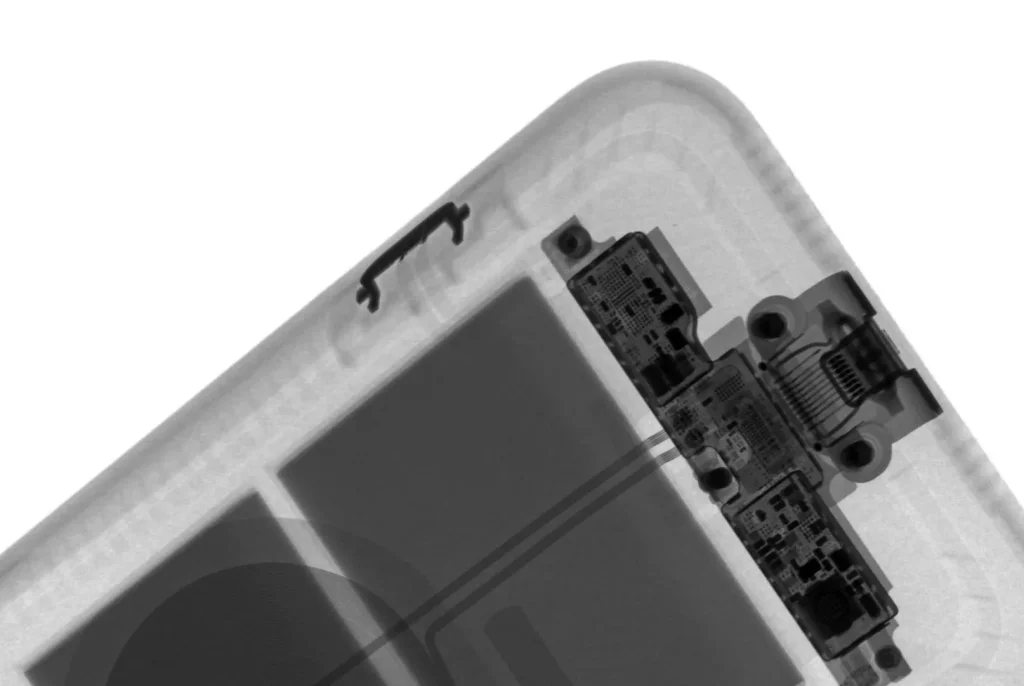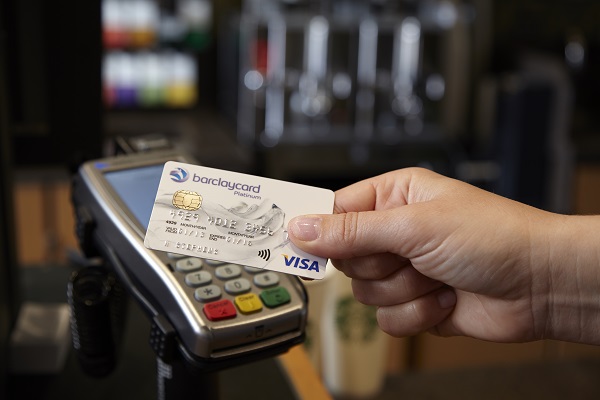Apple’s iPhone 11 Pro and Max phones are among the best and most efficient phones that Apple has ever created. They are powered by strong processors that ensure they remain current for years to come and absolutely amazing displays.
They also have large batteries that deliver exemplary battery longevity. However, their battery lifespan is limited by the chemical degradation of lithium ion.
How many hours will the battery of the iPhone 11 Pro Max last?
The iPhone 11 Pro Max has a 3,969 mAh battery, which is the largest in any Apple phone to date. This is also the fastest-charging smartphone available and will replenish 50 percent of its battery within 30 minutes. The battery is recharged using a Qi wireless charger Lightning connector or USB-C 3.1 Gen 2 port.
Apple states that the bigger battery inside the Pro Max allows it to claim an increase in battery capacity by four hours when compared to the iPhone XS, and five over the iPhone XR. It’s not easy to figure out how big of a part the larger capacity of the battery is in these claims since the numbers Apple discloses are based upon fixed tests that aren’t realistically how anyone uses their phones.
Both the iPhone 11 Pro Max and iPhone 11 Pro use lithium-ion battery. They offer higher power density and are more efficient compared to older batteries. However, all rechargeable batteries eventually degrade to the point where they require replacement.
The inbuilt hardware and software system inside the iPhone analyzes the power needs of your iPhone and monitors its performance to lessen the impact of aging battery chemicals and check here for more useful information https://dienthoainhanh.com/thay-pin-iphone-11-pro-max/. The normalized indicator for battery health alerts you when your iPhone is nearing a replacement cycle. Apple suggests replacing your iPhone’s battery once it is at 80% of its original capacity to maintain peak performance capabilities.

iPhone 11 Pro Max battery health check
If you’re curious about how long your iPhone 11 Pro Max battery will last, assess its health by going to Settings. The phone will display an activity graph that shows usage over the last 24 hours or up to the past 10 days. The phone will also give you a breakdown by app, as well as the history of charge cycles. The battery health graph will reveal how the battery has degraded over time, and suggest when it is time to consider purchasing a new one.
The new A13 Bionic chip in the iPhone 11 Pro runs fast, benchmarking well ahead of Android rivals and leaving plenty of headroom for gaming and other performance-intensive apps. Apple’s 6.5in Super Retina XDR OLED screen is gorgeous and the camera is extremely efficient, but it’s not a huge improvement over the screen you find in lower-end phones, such as the OnePlus 7 Pro.
One issue with this phone is that it utilizes a Lightning cable rather than USB-C. It also comes with only 64GB of storage. The phone takes a long time to charge – we were able to charge it to 80% in two hours and twenty-five minutes. The phone can charge wirelessly, and we managed to get it back up to 50% in just 37 minutes. All iOS devices have basic performance management that ensures that the internal components and battery work as intended and are protected from damage triggered by external factors and conditions.
Extend iPhone 11 Pro Max battery life
The battery is at the center of your iPhone and you should always try to increase its lifespan. However, there are a few tips you can follow to make the most of your battery. Make sure your device is up-to-date. Every iOS update includes performance enhancements as well as bug fixes to prolong the life of your battery.
It is also possible to turn on Optimized battery charging. This feature will slow down the battery ageing process and change the way your iPhone charges overnight. It will charge until 80%, then stop charging and let the remaining 20% run down until you wake up. This allows your battery to spend less time charging fully, which in turn prolongs the life of the battery.
Last but not least, reduce the Auto-Lock timeout to conserve battery power. This setting turns your iPhone off after a certain amount of time. It can range from 30 seconds up to five minutes. To turn this off you must go to Settings Display & Brightness Auto Lock. Select a shorter duration.
You can increase the battery life of your iPhone with the help of dark mode. This feature is especially useful for iPhones equipped with OLED screens. OLED screens require more power to display vibrant colours. By turning off dark mode, you can cut down on the power usage of your phone by dimming the display and enabling features like Auto-Brightness.
iPhone 11 Pro Max battery replacement
Battery capacity has been increased significantly on the iPhone 11 Pro and 11 Pro Max in comparison to the previous models. The capacity of the battery on the 11 Pro is increased by 14.5% to 3046mAh, while the Pro Max is up by an impressive 25% to 3969mAh. This capacity increase is what allows the phones to become so much thicker this year, and increases the weight by 18g.
Apple has also included an 18W USB-C speed charger in the box for a bit of speedy charging. Apple will also include an 18W USB-C fast charge included in the box for a bit of speedy charging, and the iCloud service has finally slowed down charging above 80% to preserve the life of your iPhone’s battery.
It will eventually wear out, just like any other rechargeable lithium ion battery. Apple doesn’t provide an option to know how many charge cycles have been completed on the iPhone battery, but coconutBattery 3 is a Mac app that can help.
Make use of a suction cup to remove the cover on the back of the iPhone 11 Pro Max. When you are able to see the inside of your phone, use a flat tool (we suggest a plastic plectrum or iFlex) into the gap between the screen and the case to expand it.











